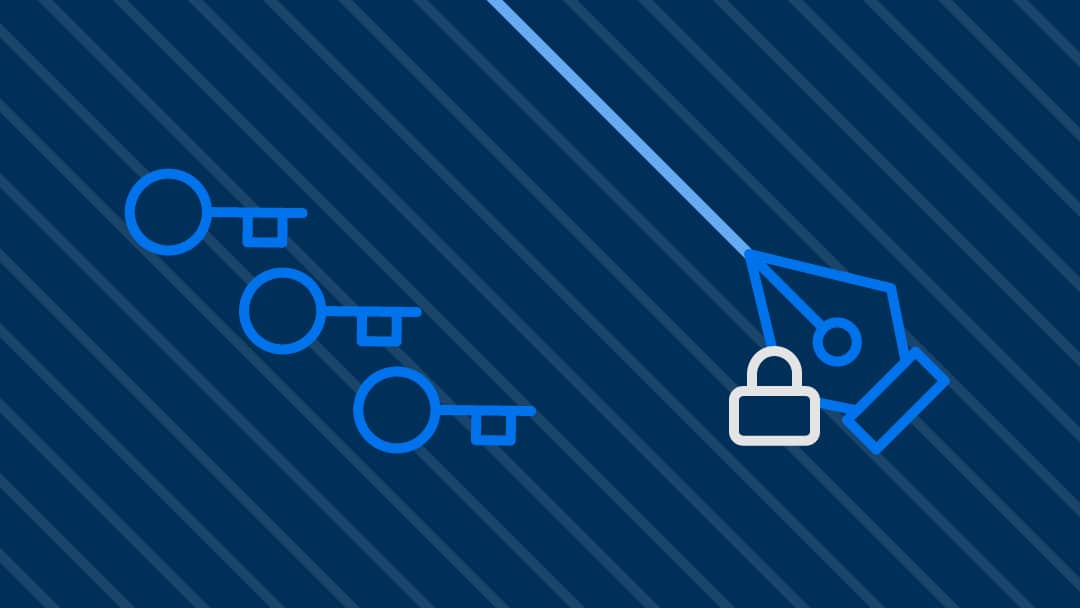Change is hard – which is why managing shifts within the enterprise has evolved into a discipline in its own right. Change management refers to strategies and processes to support individuals as they navigate and adopt organizational changes, whether that’s expanding into new product lines or adopting a new technological platform.
While experts have been studying the best methods of effectively driving change since at least the 1940s, a recent study suggests that the most effective way to speed adoption in the face of organizational change is to focus not on the change itself, but to emphasize what will remain the same.
It may seem counter-intuitive, but the study, published in the journal the Academy of Management, posited that a root cause of resistance to change within organizations is that employees place a high value in their sense of organizational identity. Change is often seen as a threat to this. “People fear that after the change, the organization will no longer be the organization they value and identify with — and the higher the uncertainty surrounding the change, the more they anticipate such threats to the organizational identity they hold dear,” wrote researchers Merlijn Venus, Daan Stam and Daan van Knippenberg in an article in the Harvard Business Review.
To test their theory, the researchers conducted two experiments comparing the resulting level of support when announcements of impending business changes were accompanied by messaging emphasizing a vision of continuity versus announcements conveyed the change only. In both tests, the researchers found that subjects were more willing to embrace changes when leadership emphasized what would remain the same.
Rolling out new technology is one area where many businesses see resistance to change among employees. But this research offers three big messaging takeaways for business leaders looking to deploy a new work execution platform.
1. Highlight What Is Familiar About the New Tool
Even for the most tech-savvy employees in an organization, learning how to use a new tool or platform can be intimidating. Often the fear is that figuring out how to use a new platform will slow work down, resulting in resistance, frustration, and failed projects.
By choosing a work execution platform with a familiar interface and highlighting how the new platform is similar to other tools and applications that employees already know how to use, business leaders can help facilitate adoption and drive the success of the platform across their organization.
2. Emphasize That a New Platform Won’t Replace Existing Projects or Beloved Tools
A new work execution platform won’t change the nature of the work being done, but it will improve the ease of accomplishing key tasks. Though employees’ core work functions and objectives remain the same, a new platform presents an opportunity to achieve results more efficiently and effectively. For example, features that allow employees more visual ways to see project-related tasks and timelines or that empower them to leverage data to make better, faster decisions are simply tools that help them to achieve their existing goals.
Furthermore, the right work execution platform shouldn’t replace other tools employees already use comfortably and find helpful and effective. Whether your team uses communication apps such as Google Chat or Slack, CRM software such as Salesforce or other common enterprise solutions, your new work execution platform should integrate seamlessly with the tools you’re already using to get work done. Rather than replacing something people know and like, your work execution platform should connect disparate tools and help employees get more out of those tools overall.
3. Remind Employees That the End-Goal Remains the Same – but Some Pain Points Will Disappear
Of course, there would be no point in onboarding new software if the end result was only going to be same-old. While it’s important to remind employees that work responsibilities will largely remain the same, work management tools resolve common pain points by eliminating some routine tasks altogether. Smartsheet found that more than 40 percent of employees spend more than a day each week performing manual repetitive tasks. While the necessity of such work may never go away, automating functions such as data collection, status updates and approvals relieves employees of this monotonous but necessary burden. Once they adopt the new platform, employees will have more time and energy to devote to work that truly drives their end goals.
A new work execution platform may seem like a major shift for some employees – and if not managed, that perception can result in lagging adoption. But by presenting a new platform as an opportunity to work more collaboratively and efficiently while emphasizing that the goals and objectives remain the same, research suggests employees may be more willing – if not eager – to embrace new solutions.
